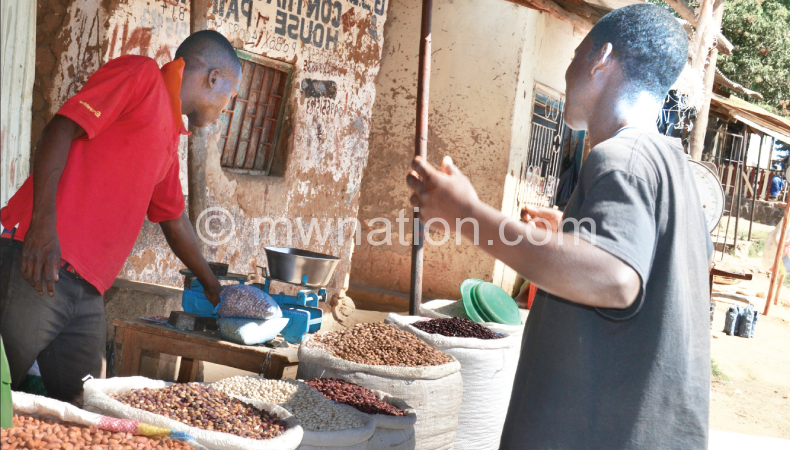MCCCI warns govt on legumes export plan
Malawi Confederation of Chambers of Commerce and Industry (MCCCI) has asked government to come out clearly on how it intends to intervene in the legumes market to avoid killing some players in the sector.
MCCCI president Karl Chokotho in an interview with Business News said while government has good intentions to resuscitate legumes production and rejuvenate its marketing system, he feared some interventions can lead to closure of companies which are directly involved in legumes.

The MCCCI chief said like in the cotton market, some firms lost their steam and had to close due to government interventions.
“Legume production is very rewarding to farmers. Prices are as high as K600 per kilogramme (kg) this year, while the input and labour requirements for these crops are characteristically lower than those of other crops. Legumes have a ready international market, especially India, such that, they have huge potential to resolve our foreign exchange challenges,” he said.
However, Chokotho says if the legumes export plan is implemented without a consultative and cautious approach, it would end up killing local businesses directly involved in legumes.
In February, Finance, Economic Planning and Development Minister Goodall Gondwe said governments decision to intervene in the legumes market has been arrived at following the potential that legumes have in offering high returns and bringing the country the much needed foreign exchange.
Gondwe said, among other things, government will start to provide subsidised legume seed under the Farm Input Subsidy Program (Fisp).
He, however, said the Ministry of Industry, Trade and Tourism will be responsible in the marketing of legumes domestically. On the other hand, the Treasury and the Reserve Bank of Malawi (RBM) will ensure that the foreign exchange earned flows back into Malawi.
In a separate interview on Tuesday, industry expert Maurice Chimbilima Gondwe, who is senior consultant for Export Development Alliance (EDA), urged government to first develop a product profile for legumes and mention in it the agronomic aspects of growing legumes with an aim of increasing production capacity.
“Yes, Malawians are growing these legumes but the production capacity is very low to meet export demand. Currently, there are 13 different types of legumes grown in commercial volumes, the main ones being mixed beans, pigeon peas, white haricot beans, green and black beans, chick peas and cow peas.
But government has to mention which ones are on demand in India,” Chimbilima Gondwe.
According to AHL Commodities Exchange (AHCX) head of operations Davis Manyenje legumes have the potential to help Malawi generate $1 billion (about K700 trillion) of forex to complement tobacco earnings which is estimated to account for 60 percent of Malawi’s foreign exchange earnings.
Manyenje said this year alone, demand for legumes stand at $300 million (about K225 million).





